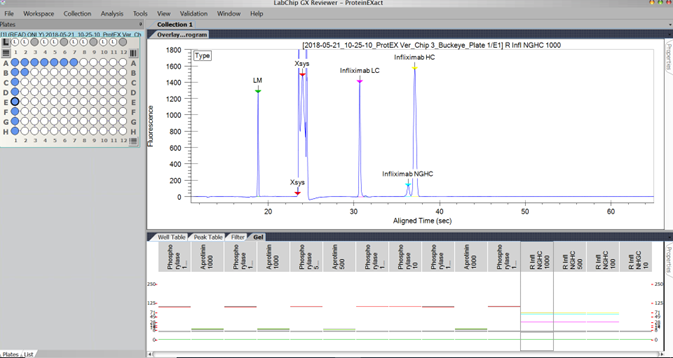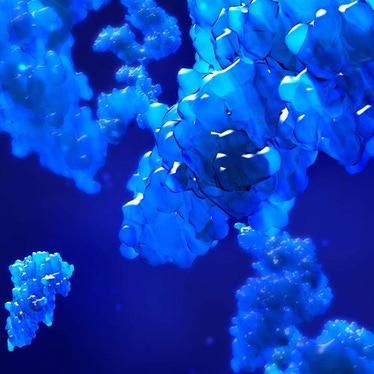Featured resources


Products & Services
Resource Library
Filters
|Collapse All
Resource Type
Sort by: Resource Name A-Z
1 - 24 of 24 Resources
Whitepaper
Addressing the challenges of bispecific antibody characterization with high-throughput platforms
Application Note
An evaluation of control analysis system performance between the LabChip GXII and SCIEX PA800 Plus system
Application Note
Automated microfluidic capillary electrophoresis for measurement of full and empty adeno‑associated virus capsids.
Application Note
Complementary platforms that enable multiparametric characterization of AAV capsids
Application Note
High Throughput assays to compare the performance and stability of an engineered Fc silent antibody to a therapeutic antibody
Whitepaper
Mouse tail genotyping: A LabChip application to assess the genetic modifications on mutant mouse populations.
Whitepaper
Shifting the treatment paradigm: the promise of gene therapy for neurodegenerative diseases
Application Note


































